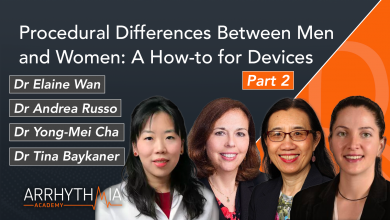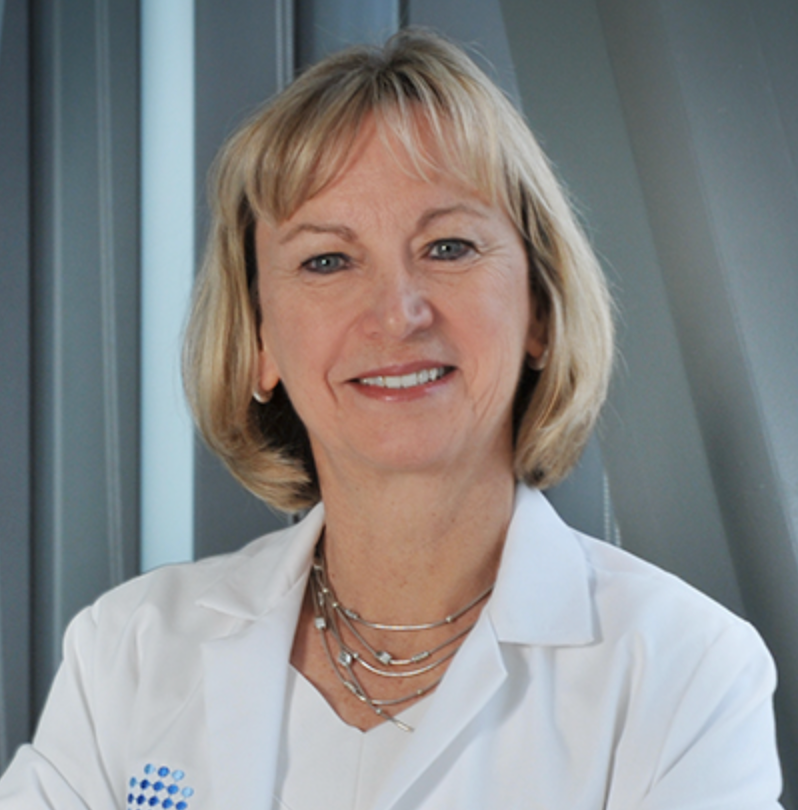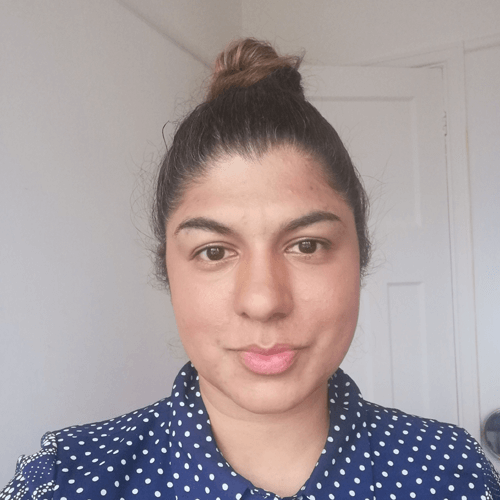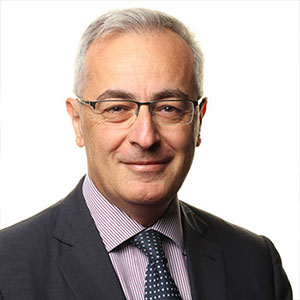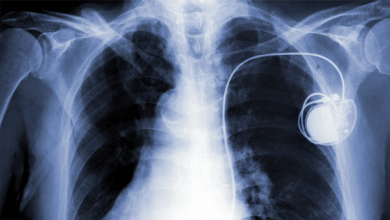Search results
Digital Health: New Cardiac Implantable Devices & App Based Solutions to Increase Clinic Efficiency
Author(s):
Enrico Caiani
,
Paul Roberts
,
Martin R Cowie
Start date:
Jun 06, 2019
Broadcast
Author(s):
Elaine Wan
,
Andrea Russo
,
Tina Baykaner
,
et al
Added:
2 years ago
In this video, Dr Elaine Y Wan (Columbia University, New York, NY, US) moderates a discussion with Dr Andrea Russo (Cooper University Hospital, Camden, New Jersey, US), Dr Yong-Mei Cha (Mayo Clinic Rochester, Rochester, MN, US) and Dr Tina Baykaner (Stanford University, Stanford, CA, US) where they discuss the procedural differences between men and women in device implantation.
In the second…
View more
Anne B Curtis
Research Area(s) / Expertise:
Job title: Professor and Chair of the Department of Medicine
Author
Fozia Ahmed
Research Area(s) / Expertise:
Job title: Consultant Cardiologist (Sub-specialty interests in Heart Failure and Cardiac Devices)
Author
Author(s):
Demosthenes G Katritsis
Added:
3 years ago
The pace at which Arrhythmia & Electrophysiology Review is maturing is really impressive. We are now preparing our fourth issue and the volume of manuscripts considered, the quality of accepted papers, and the names behind them, are really amazing. It is obvious that the electrophysiology community is convinced about the need for regular reviews and summary articles on our ever-evolving and…
View more
Author(s):
Klaus-Jürgen Gutleben
,
Henrik Fox
,
Thomas Bitter
,
et al
Added:
3 years ago
Implantable cardiac devices, such as pacemakers, are used to treat a number of heart conditions, especially those related to the electrical conduction system. Cardiac pacemakers are a well-established and effective therapy, and have been in use for more than 50 years.
The first pacemaker was implanted in a patient in October 1958 by Åke Senning in Stockholm, in cooperation with engineer Rune…
View more
Author(s):
George D Katritsis
,
Demosthenes G Katritsis
Added:
3 years ago
Implantable cardiac devices, such as pacemakers, are used to treat a number of heart conditions, especially those related to the electrical conduction system. Cardiac pacemakers are a well-established and effective therapy, and have been in use for more than 50 years.
The first pacemaker was implanted in a patient in October 1958 by Åke Senning in Stockholm, in cooperation with engineer Rune…
View more
Angelo Auricchio
Research Area(s) / Expertise:
Job title: Director of the Clinical Electrophysiology Unit
Author
Author(s):
Demosthenes G Katritsis
Added:
3 years ago
“It is not the strongest of the species that survives, nor the most intelligent that survives. It is the one that is most adaptable to change.”
This famous quotation from the great Charles Darwin has always guided Arrhythmia & Electrophysiology Review and its editorial staff. One of the journal’s foundations is an unconditional commitment to change and innovation. This principle is not only a…
View more
Author(s):
Haran Burri
Added:
3 years ago
Patients implanted with a pacemaker (PM) or implantable cardioverter defibrillator (ICD) require regular follow-ups to control the proper function of the implanted device. These technical checks have traditionally been performed manually in-office using a dedicated device programmer. In 1971, transtelephonic monitoring was introduced to remotely follow-up basic parameters (such as battery status…
View more









